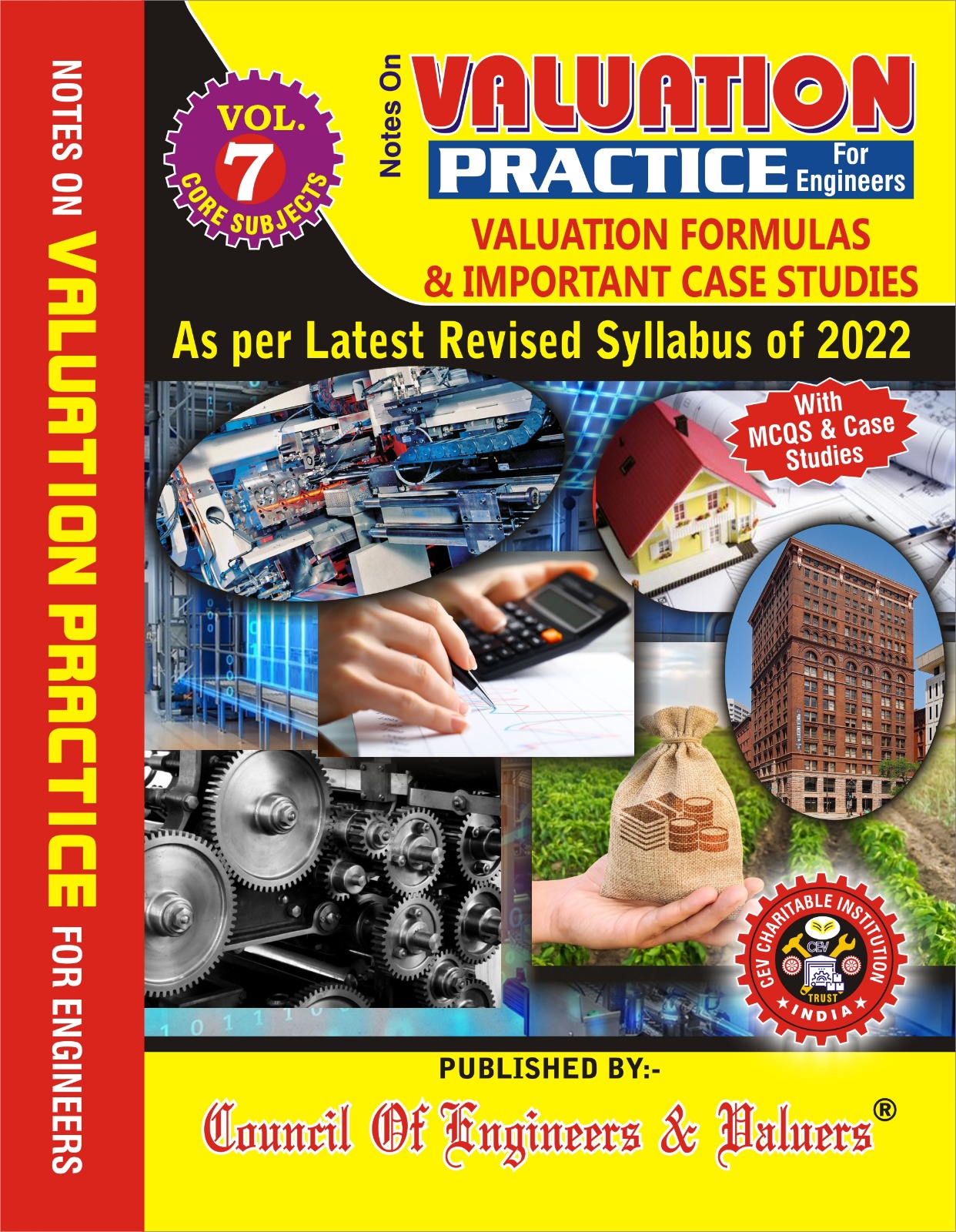Saturday Brain Storming Thought (200) 09/12/2023
AUTOMATED VALUATION MODEL (AVM)
An Automated Valuation Model (AVM) is a software-based tool that is used in residential and commercial real estate to determine property value
The service uses mathematical or statistical modeling with a combination of existing databases to determine the value of a particular property
Key Takeaways of AVM
1) AVMs are software based pricing models used in the real estate market to value properties
2) AVMs are more efficient and consistent than a human appraiser
3) AVMs are also as accurate as the data behind them, meaning they may be outdated or incorrect
4) AVM providers include commercial platforms like CoreLogic, Freddie Mac and Equifax, as well as free consumer sites like Zillow or Truila
Key factors of AVM
1) Deeper Insights
Advance machine learning unearths deeper data insights quickly and efficiently
2) Highly Predictive
Underpinned by an ensemble of sub-models to tap into multiple market dynamics
3) Responsiveness Calibration
Rapid, frequent and continuous recalibration keeps pace with market fluctuations
4) Extensive Coverage
Should built on trusted property data
5) Compliant Lineage
Should built on trusted sources that have been transformed to the highest bank-grade standard
6) Trusted
Should be trusted by majority lenders
7) Quality Assured
Methodologies should be independently audited to help ensure the reliability of all model outcomes
8) Measurable
Extensive accurate reports should be produced monthly to support the regulatory requirements
9) Proven Performance
Should measure performance weekly against properties sold
10) API
Use real-time data seamlessly which enable for lending decisions
AVM possible users
1) Lenders
GSE (Government Sponsored enterprise) increasing appraisal waivers
2) Institutional Investors
Buy homes site unseen using AVM values
3) Buyers/Sellers
I Buyers make near-instants offer
4) Desktop Appraisal
AVM plus value reconciliation
Rising AVM usage faster, cheaper and better
AVM Strengths/Weaknesses/Potential
1) Three approaches to valuation – sales, cost and income
AVM are sales price models – estimating price v/s value or income potential
2) Price models can be trend following or mean-reverting – AVMs are trend following (momentum) models
3) Hybrid AVMs
Means reverting AVM combining sales price with replacement cost
4) AVMs in a capital adequacy framework
using AVMs to ensure adequate capital exists to support a loan using valuation or a expected loss (ES) framework
AVM Accuracy Measures
1) MdAPE – Median Absolute Percentage Error
2) PPE 10 – Percent Predicted Error
How many sales fall within +/- 10% of the actual sales price
3) Forecast Standard Deviation (FSD)
4) Mean Absolute Error ( MAE)
5) AAM – A summary statistics of the prediction accuracy of a model similar to the GINI coefficient, superior to PPE 10 or MdAPE
Use AVM assessment value as a prediction
AI AVMs can leverage big data – making the trove of Appraisal data that the GSEs have applicable to AVM builders
Percentage forecast error based on AVM =
(Surveyor Value – AVM value) / AVM value
AVMs working
AVMs calculate existing data about a home, as well as the area and similar homes in the same area, and use complex mathematical formulas to determine how much the home is worth
Factors considered for AVM analysis
1) Plot Area
2) Built-up area
3) Numbers of rooms/toilets
4) Age of building
5) Recent sales of comparative homes
6) Tax assessments
7) Prior sale amounts
8) Neighborhood crime statistics
9) Local school district ratings
10) Market trends and seasonality
Each AVM algorithm will calculate the worth of a home
AVMs create a valuation based on the data they have about the property
AVM Pros
1) Convenience
You can complete an AVM in just a few minutes, or even less, whereas professional appraisals require appointments, scheduling and in-petson visits
2) Low or no cost
Some sights might require a small fee to get access to their AVM, but the majority are free
Appraisers, on the other hand, charge huge fees
AVM Cons
1) Subjectivity
An AVM is objectively evaluating data points, rather than physically seeing and understanding a home like a person wood
AVM cannot account for condition
In addition, cultural bias may be an unknowing factor
2) Accuracy
AVM Accuracy is variable
The results are only as accurate as the data available
Origins of AVMs
1) AVMs have their origins in North America (1960), the first commercial application was created in 1981 and began to be developed in UK in the 1990s
2) After the crisis in 2008 caused by the insolvency of mortgages, Robinson & Dawnie demonstrated the growing importance of AVMs all over the world
3) In 2009, the European Mortgage Federation stressed that – AVM is useful and efficient tool when used appropriately by an experienced operator
4) RICS 2012 – Output from an AVM can be utilized as part of evidence in support of a valuation
5) American Bankers Association (2010) indicated that – institutions may employ AVMs for a variety of uses, such as loan underwriting and portfolio monitoring
COMPILED BY:-

Er. Avinash Kulkarni
9822011051
Chartered Engineer, Govt Regd Valuer, IBBI Regd Valuer




